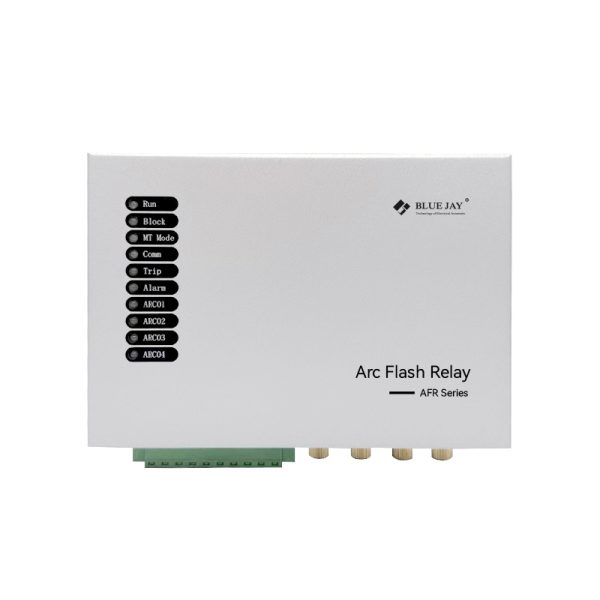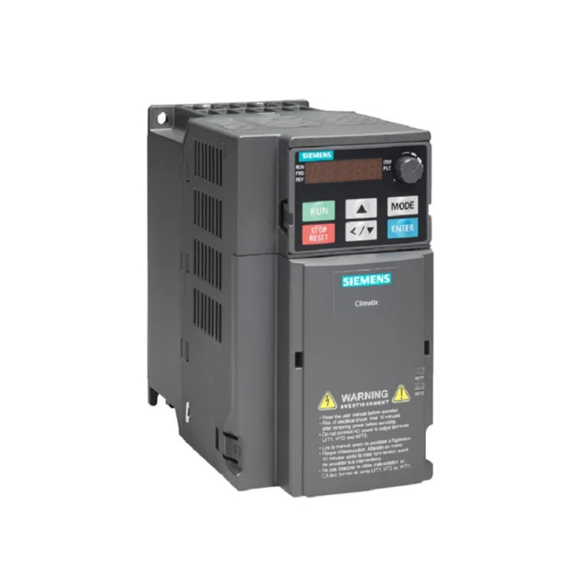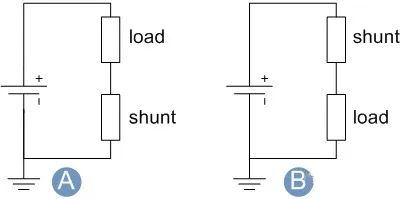Function of variable frequency drive includes Energy-saving, Control Starting Current, Reduce Power Line Disturbances, Adjustable torque limit, Controllable stopping mode, Reversible operation control, reduce mechanical transmission components, Lower power required for start-up, Adjustable running speed, Reduced voltage fluctuation of the power line, Protection and Monitoring, and Compatibility and Adaptability, etc. Let’s learn the VFD function now.

1. Energy Savings: One of the most compelling benefits of VFDs is their remarkable ability to save energy. Traditional motors operate at a fixed speed, often drawing unnecessary power, especially when not operating at full capacity. VFDs address this by allowing for adjustable motor speeds. By matching the motor speed to the exact application requirements, VFDs significantly reduce energy consumption, leading to lower electricity bills and a smaller environmental footprint.

2. Controlled Starting Current: The starting current surge of traditional motors can be a major concern, placing strain on the power grid and potentially causing voltage dips. VFDs mitigate this issue by providing a smooth, controlled ramp-up during motor startup. This reduces the initial current surge, protecting electrical components and safeguarding the power grid from disturbances.
3. Reduced Power Line Disturbances: VFDs not only control starting currents but also minimize the harmonic distortions that can be introduced into the power line by traditional motors. These distortions can disrupt sensitive electronic equipment and reduce overall power quality. VFDs act as filters, ensuring a cleaner and more stable power supply for other devices on the same grid.

4. Adjustable Torque Limit: VFDs empower users to tailor the motor’s torque output to the specific application requirements. This is particularly beneficial for applications where excessive torque can damage machinery or materials. By allowing for precise torque control, VFDs safeguard equipment and optimize process efficiency.
5. Controllable Stopping Mode: Similar to the controlled startup, VFDs enable a smooth and controlled deceleration of the motor during shutdown. This eliminates the abrupt stopping associated with traditional motors, reducing mechanical stress on the motor and associated components, thereby extending their lifespan.
6. Reversible Operation Control: VFDs offer the ability to effortlessly reverse the direction of motor rotation. This functionality proves invaluable in applications requiring bidirectional movement, such as conveyor belts or machine tools. By facilitating quick and efficient direction changes, VFDs enhance operational flexibility and streamline production processes.
7. Reduced Mechanical Transmission Components: VFDs can often replace the need for complex mechanical transmission systems, such as gears and pulleys, used to adjust motor speed. By electronically controlling the motor speed, VFDs simplify system design, reduce maintenance requirements, and improve overall system reliability.

8. Lower Power Required for Start-up: As mentioned earlier, VFDs significantly reduce the starting current surge, leading to a lower power demand during motor startup. This translates to the ability to use smaller capacity motors for specific applications, resulting in cost savings and improved energy efficiency.
9. Adjustable Running Speed: The core functionality of a VFD lies in its ability to precisely adjust the motor’s running speed. This fine-tuned control allows for optimal process performance, increased product quality, and improved material handling. Whether in a production line or a water treatment plant, VFDs enable users to precisely match motor speed to real-time demands.
10. Reduced Voltage Fluctuation of Power Line: VFDs contribute to a more stable power supply by regulating the voltage delivered to the motor. This reduces voltage fluctuations on the power line, protecting sensitive equipment from damage and ensuring consistent operation of other electrical devices.
11. Protection and Monitoring: VFDs incorporate a suite of protection features that safeguard the motor and the VFD itself. These features include overload protection, short circuit protection, and over-temperature protection. Additionally, VFDs often provide real-time monitoring of operational parameters, allowing for proactive maintenance and troubleshooting.
12. Compatibility and Adaptability: Modern VFDs are designed for compatibility with a wide range of motors, including AC induction motors, permanent magnet synchronous motors, and synchronous reluctance motors. This versatility makes VFDs a valuable asset in diverse applications across various industries.
In conclusion, the function of VFD drive is very important for different applications. While you choose the VFD, you should care about the function of variable frequency drive.






